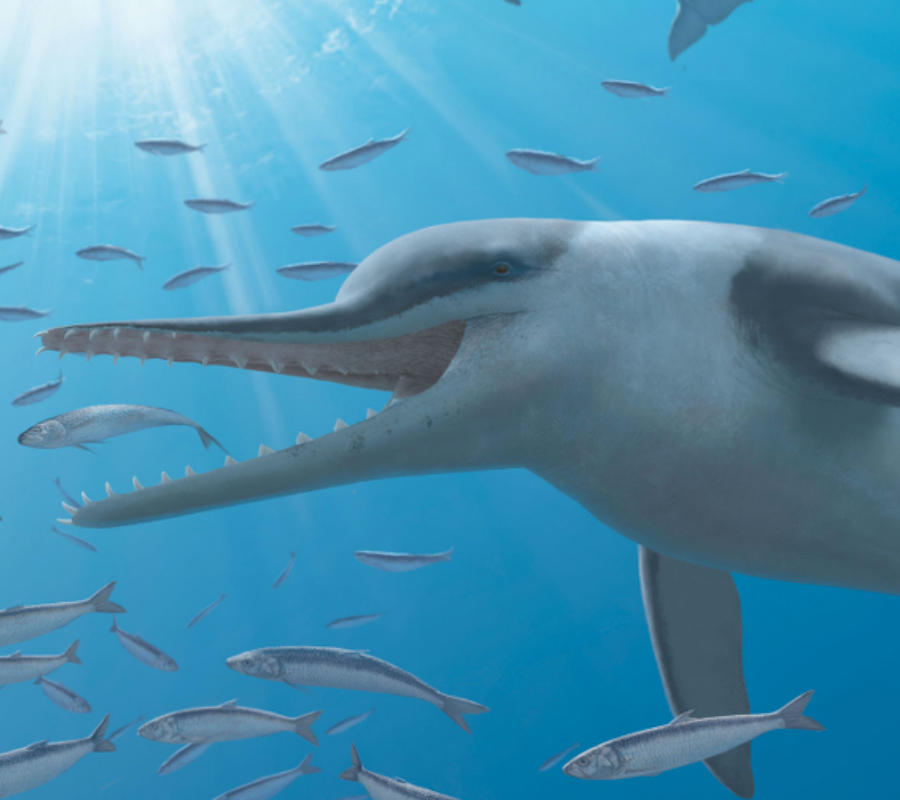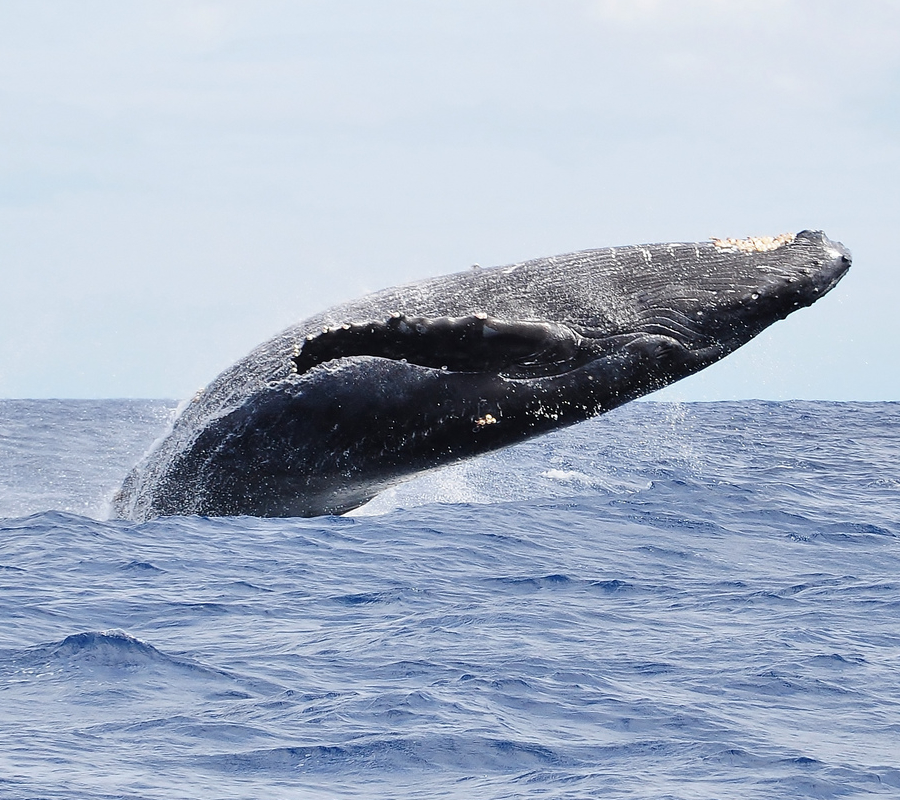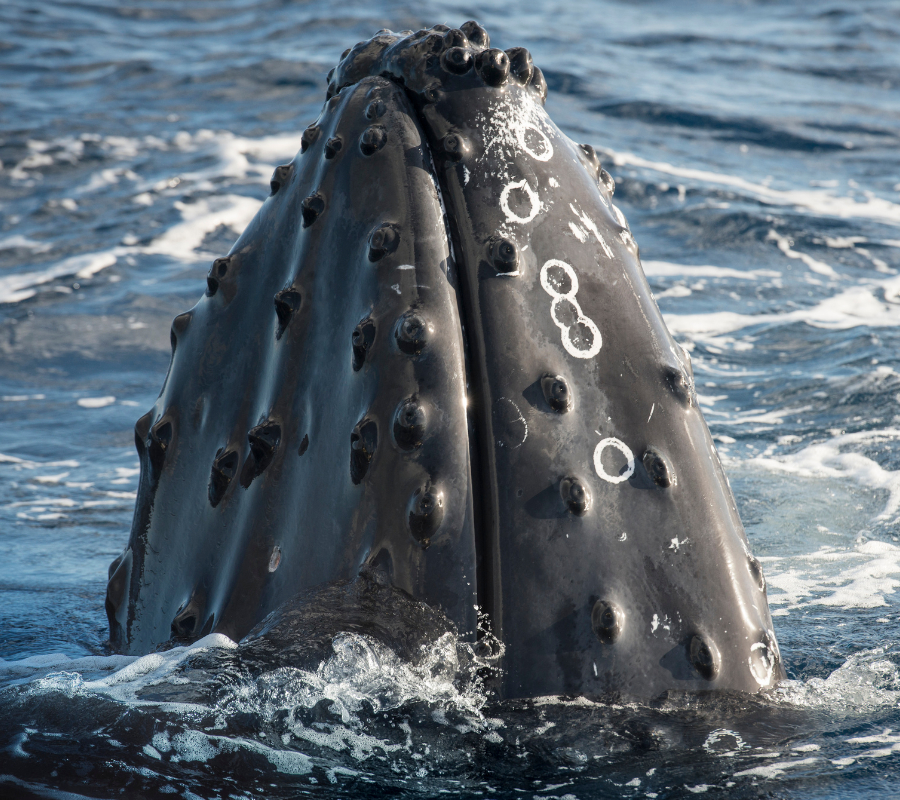Researchers have found a well-preserved fossil that suggests new theories on whale evolution. A new study published in the journal Current Biology has intriguing suggestions about ancient whales.
Investigators found a well-preserved fossil in South Carolina 15 years ago. It has served to understand the structure, behavior, and looks of a whale ancestor called Echovenator sandersi or Eco Hunter. The 27 million-year-old fossil has revealed a new mystery on whale evolution. It seems that this ancient animal had the ability to hear high-pitched sounds. This information suggests echolocation might have been older than scientists ever thought.

Echolocation keeps intriguing scientists
Odontocetes, better known as toothed whales, have a unique form of communication called echolocation. The latter allows these animals to “see” without using their eyes and to evaluate their environment.
Whales, dolphins, and porpoises use sounds as a way of communication and navigation which help them on their daily actions. On the other hand, Baleen whales use echolocation to produce “songs” that help them communicate.

Echolocation is produced by toothed whales when they move air between the sinuses on their heads, the sound then echoes back from the objects. The animal receives them through an oil channel on their lower jaw that travels to their ears.
By emitting these sounds, toothed whales provide different types of information that include water depth, the presence of different animals, underwater obstacles, and nearby preys.
These abilities allow animals such as porpoises to hear sounds that the human ear can’t perceive. According to the Daily Mail, porpoises have the highest hearing pitch of all toothed whales, hearing at 160 kH. Meanwhile, humans can only hear 20kH tops.
Other animals like bats, for example, use echolocation to gain a better understanding of their surroundings, especially when they are in dark locations.
The recent investigation analyzed the Echo Hunter’s fossil and studied the inner ear of the ancient animal carefully. The team led by Dr. Churchill from the New York Institute of Technology performed CT scans on the archaic skull.
Scientists compared the ancient fossil to the ear’s structures of 23 species of old and modern whales as well as two hippos, which are believed to be distant relatives of whales.
The team discovered the fossil resembled strongly with a modern whale, including the inner ear’s ability to perform echolocation. Dr. Churchill and his team were amazed to find that this ancestor had developed the ability long before whales.
“We can tell a lot about how this animal fit within whale evolution based on cranial features, and we can also determine whether or not it could echolocate,” said Churchill in a statement to The New York Times.
Researchers discovered the echolocation ability by studying the fossil and looking for indications of the basilar membrane, which is a soft tissue located in the whale’s ear. Since the fossil only shows structural formations, the team discovered the ability to echolocate by measuring the size and thickness of other ear structures.
By discovering Echo Hunter’s ability to hear high pitch sounds, researchers have now a better idea of the evolutionary process of whales and their ability to communicate using sounds.
Dr. Churchill also explains the strong similarities between the Echo Hunter and modern day dolphins. According to the author’s statements, the ancient whale was two meters long with long triangular teeth and a large jaw.
Researchers also believe the Echo Hunter’s diet consisted of small fish that it preyed using echolocation. It also had a pair of blowholes instead of one, as modern day dolphins or porpoises.
Why ancient toothed whales evolve so early?
The discovery is not a complete surprise to the science world, since scientists had suspected that ancient whales might have echolocation abilities. However, there wasn’t any vivid proof of the rumors.

“What this shows is that you get a fairly advanced echolocation and ultrasonic hearing abilities right at the base of the evolution of all these toothed whales,” Dr. Morgan Churchill told the Christian Science Monitor.
Another study proposed that an ancient toothed whale could hear the sounds made by the echolocation when they echoed, which suggested ancient forms of communications.
Researchers are now questioning why ancient toothed whales began to evolve so early. The recent discoveries might shed light on the mystery that presents the different forms of communications between toothed and baleen whales.
Other scientists believe the ancient whale evolution to echolocation could be just a form of natural selection, as professor Mark Uhen stated in The New York Times. He suggested that animals might evolve depending on generations.
Researchers still have to determine when, how, and why, toothed whales and baleen whales diverged in such different ways of communication.
Source: NY Times
